Perth Airport to display Indigenous artefacts
Perth Airport says it will work with Indigenous traditional custodians to display artefacts recovered during the construction of Perth’s New Runway.
Perth Airport says it will work with Noongar Traditional custodians to display artefacts recovered during the construction of Perth’s New Runway.
The commitment is part of a detailed Indigenous cultural heritage management plan which covers numerous stone artefact sites on the airport estate.
The stone artefacts – including stone tools and the remains of tool-making and tool-use – were found in two targeted archaeological digs guided by Traditional Custodians in preparation for construction of the new parallel runway.
The artefacts were found at the surface and continued down to a depth of around two metres. Optically Stimulated Luminescence dating (OSL) of the soil from the digs indicates the artefacts accumulated over a period of 41,000 years, as people camped at the two dig sites on repeated visits. The sites represent some of the oldest known occupation sequences known from Noongar boodja (south-western Australia), and the oldest sites known in Perth.
The artefacts are older but similar in nature to ones recovered during the construction of the Fiona Stanley Hospital in 2016.
Perth Airport Acting CEO Kate Holsgrove said under Federal government approvals, the airport was not required to do the site digs but had chosen to go beyond the approval requirements.
“We know the proposed runway is close to the Munday Swamp wetlands and that like most wetlands across Perth, this area would have been regularly used by Indigenous people,” Ms Holsgrove said.
“We have gone to great lengths to ensure the culturally significant Munday Swamp is protected for future generations.
“So, it made sense for us to go further in our efforts to understand if our heritage salvage plans for the areas outside of the swamp were as robust and comprehensive as they could be.
“We wanted to give the Traditional Custodians and the community a sense of confidence that any artefacts would be treated sensitively and respectfully.
“The scientific dating of the find confirms what we already knew about Indigenous people using this area as part of their travel paths but gives us a better understanding of how far back in time these practices stretch.
“We have engaged the same archaeological heritage consultant who assisted with the recovery of artefacts from the Fiona Stanley Hospital construction site. Following the discovery, we have again reviewed our heritage management plans.
“We will also employ local Nongar people to oversee the recovery of any items and will work with them to ensure any artefacts are handled properly.
“We are also looking for an opportunity to apprpriately display any artefacts, similar to the approach taken by the Fiona Stanley Hospital.”
- ENDS -
MEDIA CONTACT:
Corporate Affairs
Perth Airport
P: +61 8 9478 8877 (24 hour Media Line)
E: [email protected]
Note: This statement has been updated to include reference to some stone artefacts being identified as tools or instruments (displayed below).
Display photos:
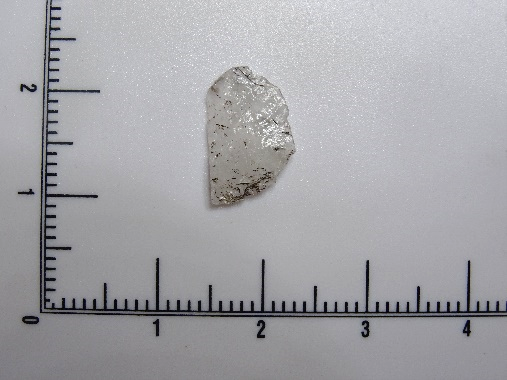 |
“Quartz utilised longitudinally broken flake: last 1000 years” |
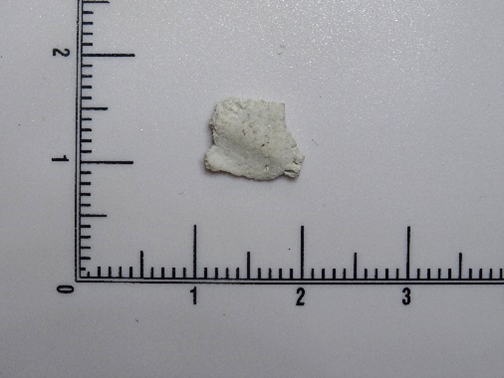 |
“Fossiliferous chert utilised flake: approx. 17-20,000 years” |
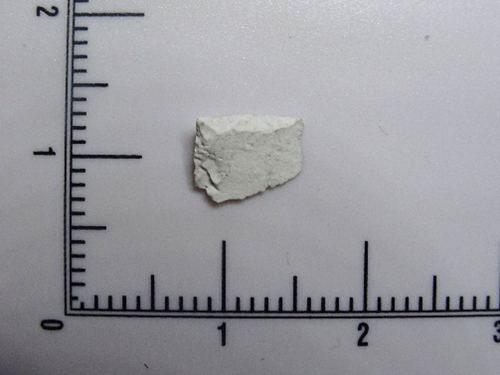 |
“Fossiliferous chert scraper: approx. 20,000+ years” |
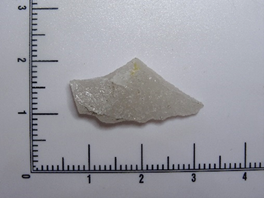 |
“Quartz utilised complete flake: approx. 6,400 years” |
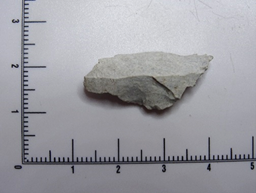 |
“Fossiliferous chert utilised complete flake: approx. 13,000 years” |
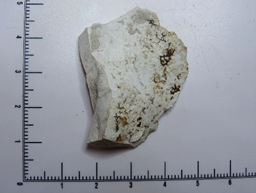 |
“Fossiliferous chert utilised/Retouched flake: approx. 20,000+ years” |
 |
“Quartz backed microlith: approx. 5000-10,000 years” |
